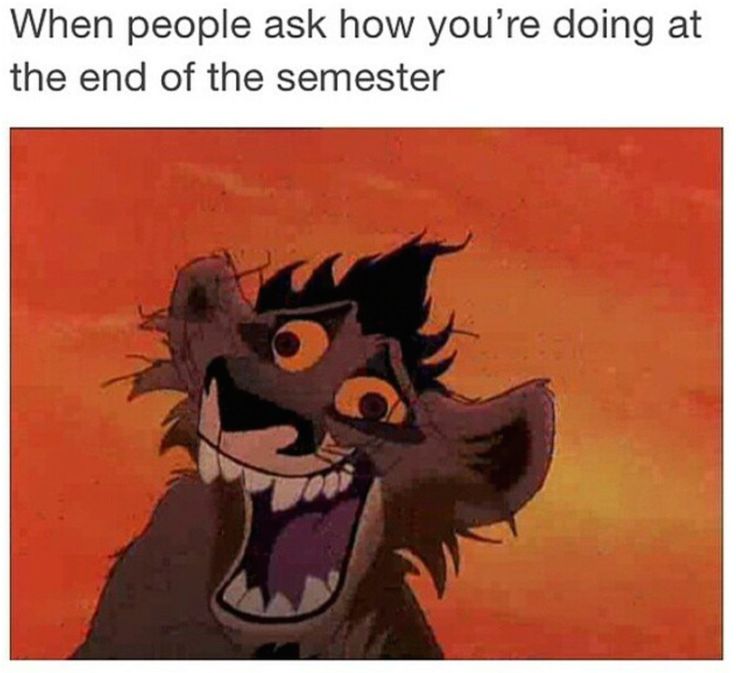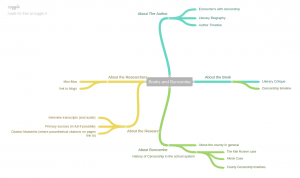With class finishing up and Cara and I’s presentation today, it is time to reflect on our contract and how well we met the goals we set out for ourselves. As I look through the blog I notice one main thing, we achieved many of the overall goals we set for ourselves, but not necessarily in the way or on the schedule we had originally intended.
Goal of the Project
Our primary goal was to create a website that looked at all possible points of view and considered the many sides of this case. Though we had hoped to interview with more people who were directly involved in the case, I think we have still considered different possible sides by including the Lisa Baldwin interview on our page. It is unfortunate that we were not able to interview the teacher or the complaining parent, but by reading and providing other the syllabi of other teachers, we have created a site that readers can use as a resource to see what the teacher’s aims might have been. Similarly, for the complaining parent, though we do not have his exact defense of why he challenged the book, the Lisa Baldwin interview shows why some parents challenge books and why one might challenge The Bluest Eye.
Tools
Most of the tools we set out to use we continued to use throughout the project. Coggle proved to be very helpful in organizing what pages each of us were responsible for, and we used that throughout the website design process to know what each of us was responsible for.
We used Trello significantly less than we had originally planned to, both Cara and I, whenever we met would write down our individual list of tasks for the week, so it ended up being redundant to also use Trello.
The Story map we created only contained about 10 challenge cases as opposed to the original 15. This was largely due to the number of cases that we could find when we were making it. Though it has been in the top banned book list multiple years, we had difficulty finding specific cases to use in the Storymap.
We decided not to include the timeline we created for the class on our website, there were not enough dates and specific details in our case for it to be a helpful illustration of what happened.
Division of Labor
The division of labor we had originally set out was met very well. Cara did many of the interviews, and I transcribed them, Cara did one half of the pages and I did the other, and we both, during the editing process, reviewed and edited each other’s work. Though both of us rewrote some pages and fixed some site mechanics, in the end, I did a bit more of the back-end design of the website, aesthetics and restructuring of the pages, where as Cara did more rewriting and of pages.
Timeline
The timeline is where we veered the most from our plan. Though everything was completed by the time the website was due for the first revision, we did not always meet the exact due dates we originally set for ourselves. We did, however, generally come within a few days of those deadlines, and most of the time the content was completed, it was just a bit of editing that was still needed. Though being more on time would have been better, we originally set out for those to be general times when things should be done, as opposed to hard and fast deadlines. For us our timeline helped us pace ourselves so that we didn’t cram all of the content onto the site at the last minute, which was the point.
Overall I am very pleased with the final product Cara and I have created, and the process we used to get here. I found it especially interesting and helpful, during the editing process, to use colors to indicate what had been and still needed to be done on the website. When we got the suggestions document from our professors, we assigned each other the different tasks on the page and then each used a different color to indicate what had been done. When we got together on Friday to put the finishing touches on the site, it was very satisfying to see all of the tings that we had been given to do highlighted and finished.



